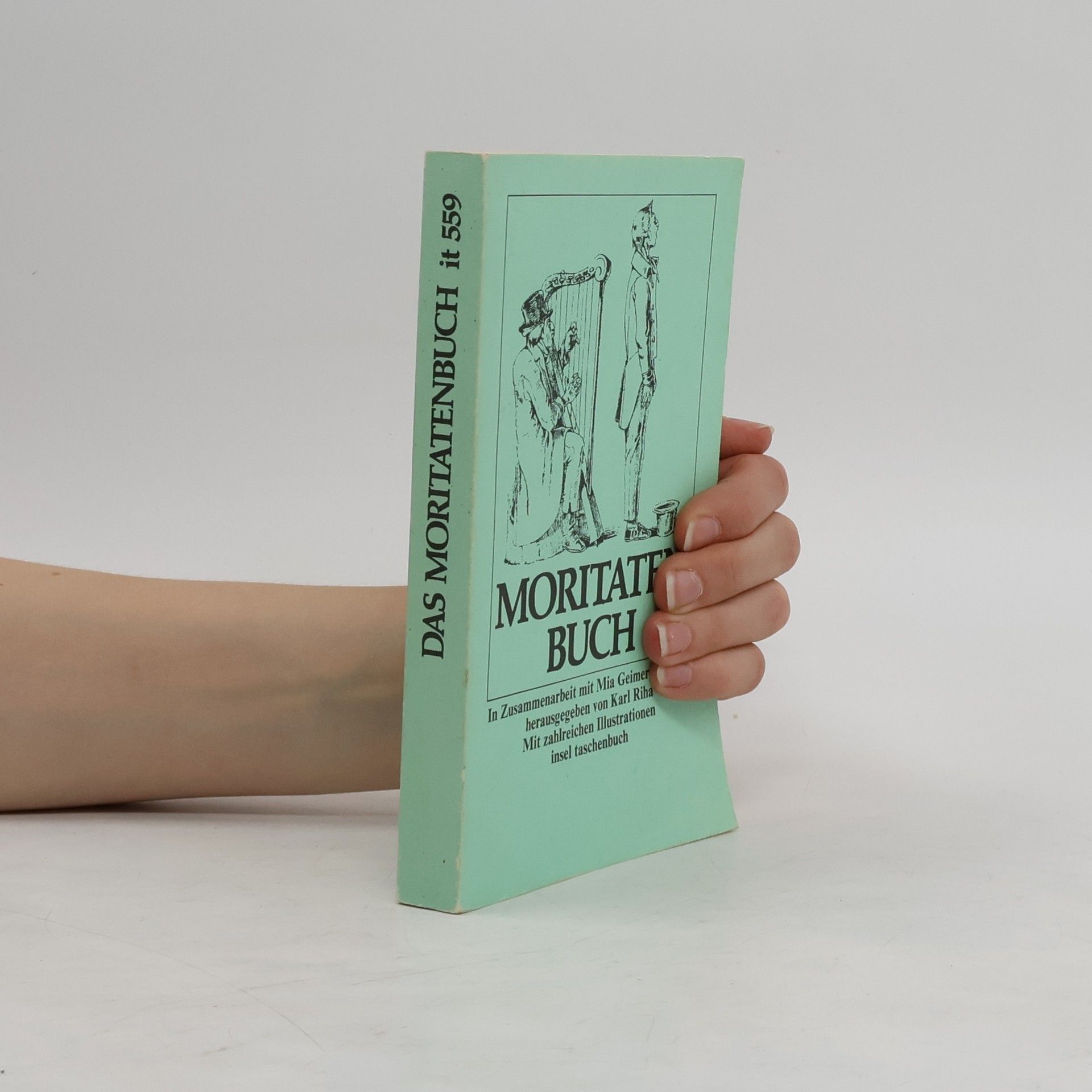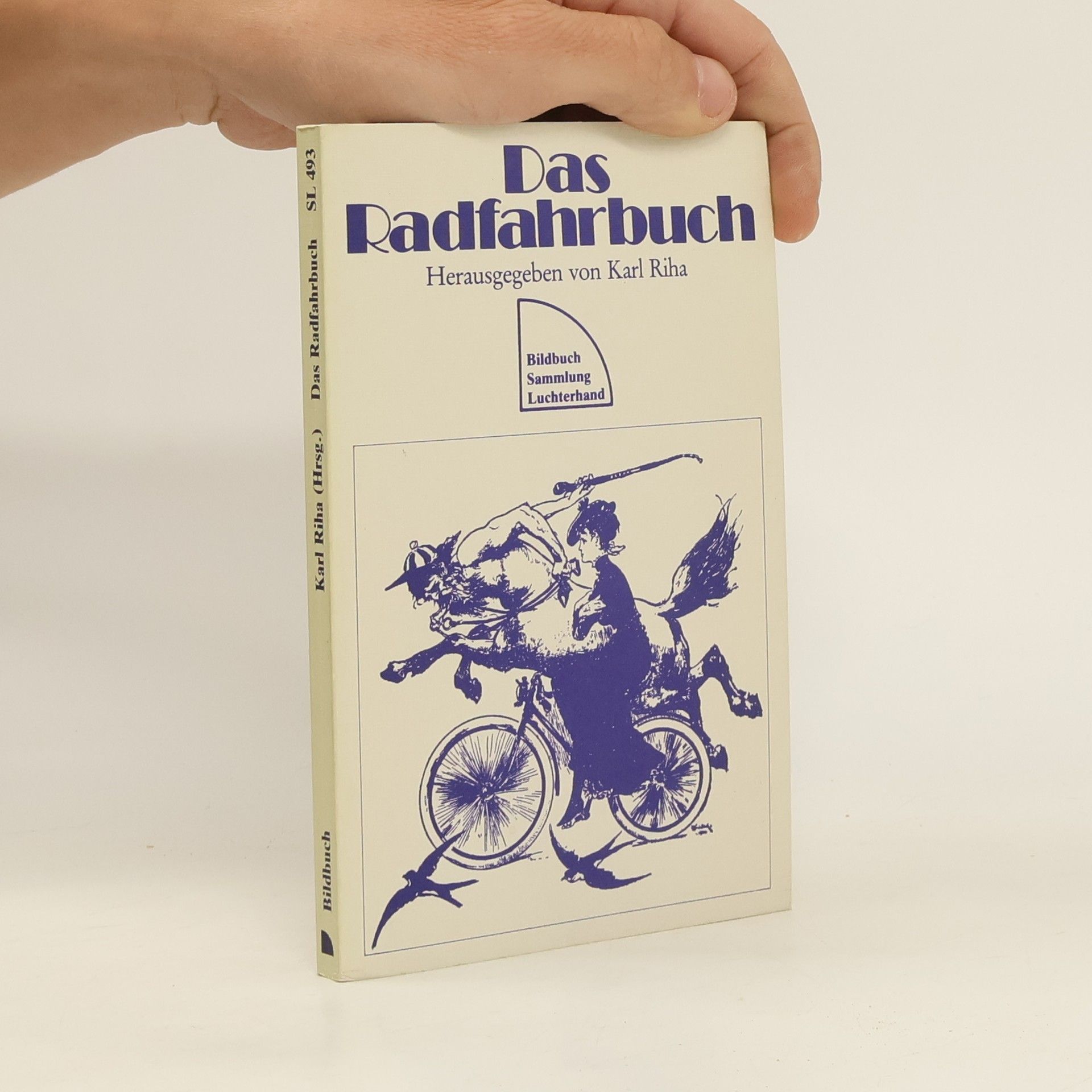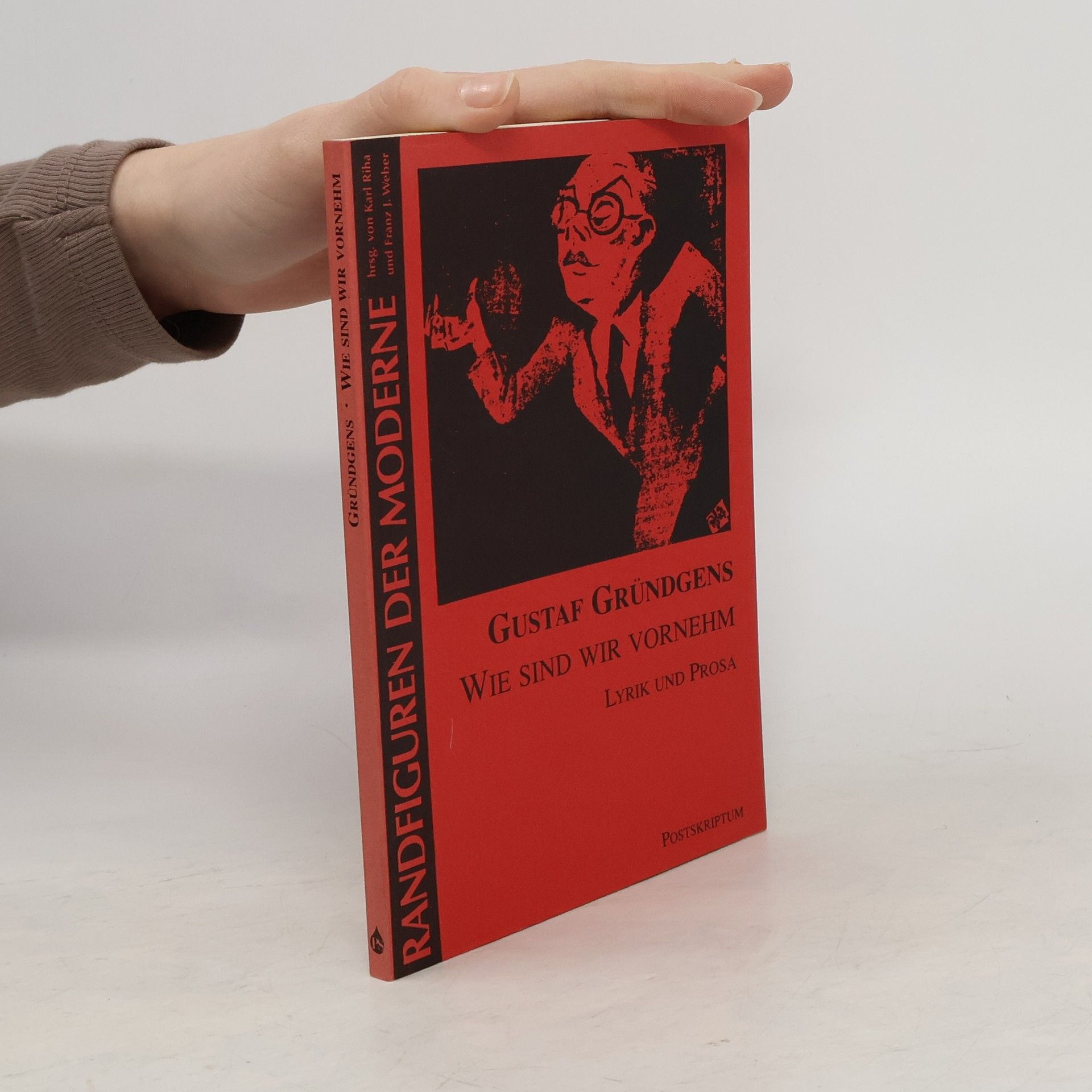Karl Riha Livres
- Ignaz Stowitsch
- Agno Stowitsch
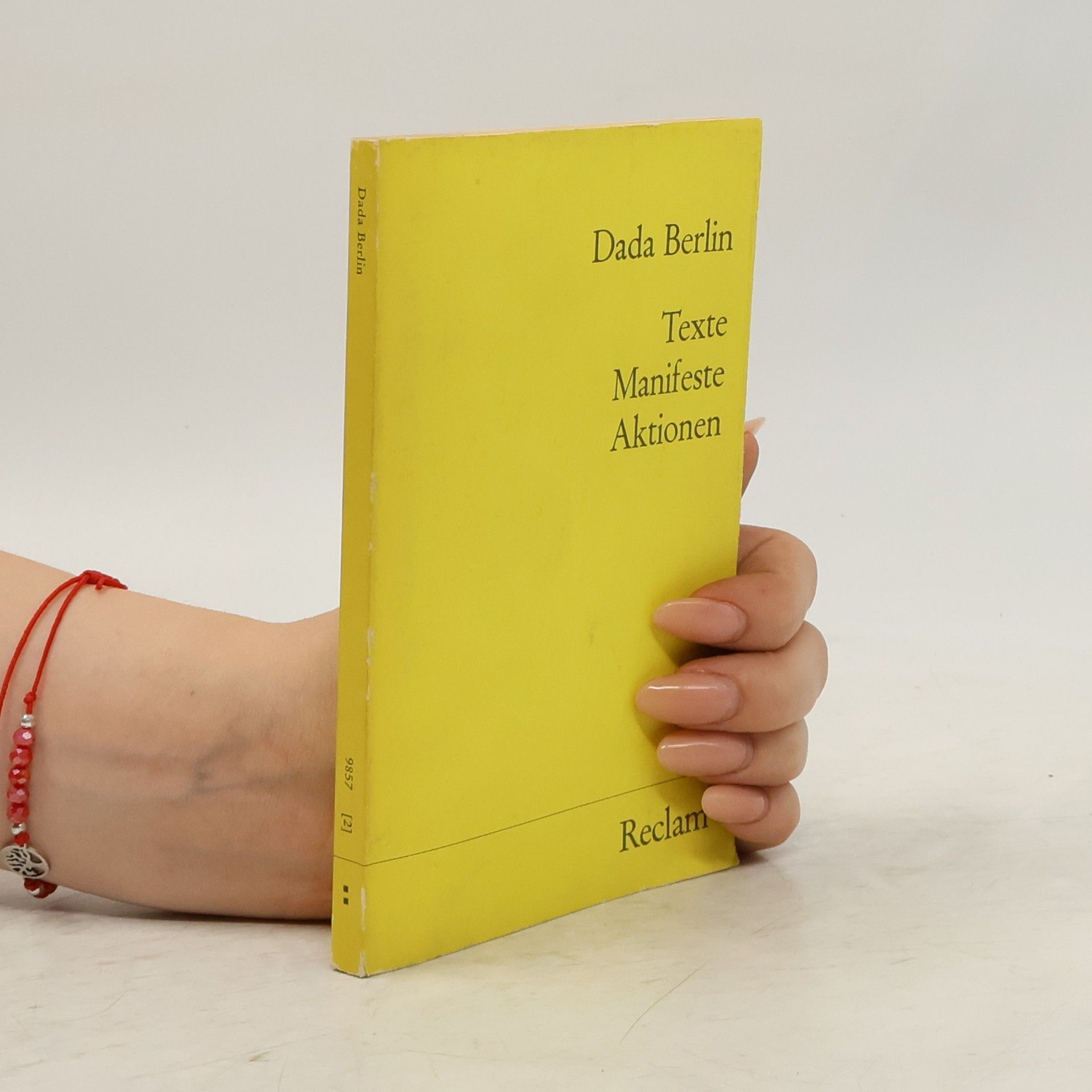

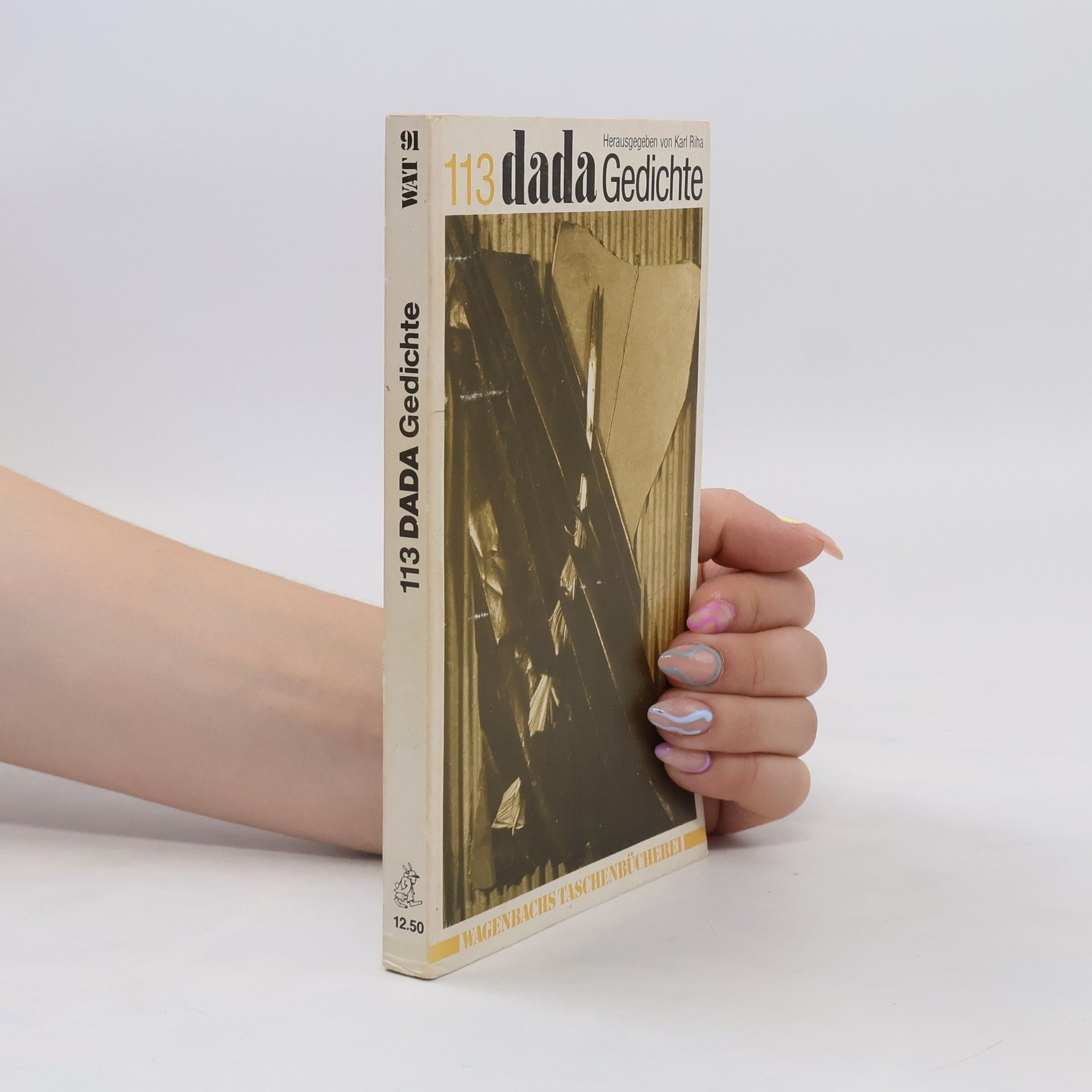
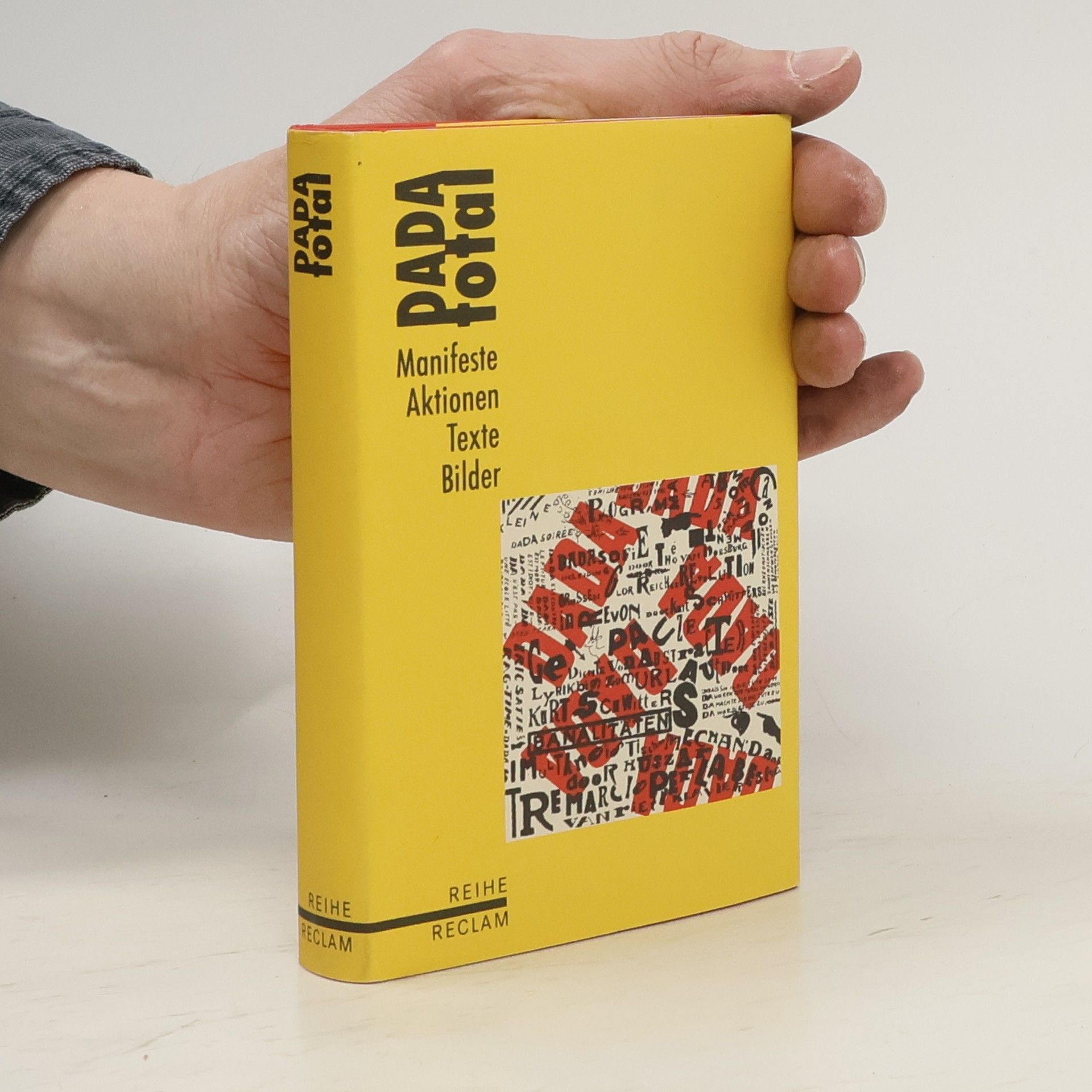
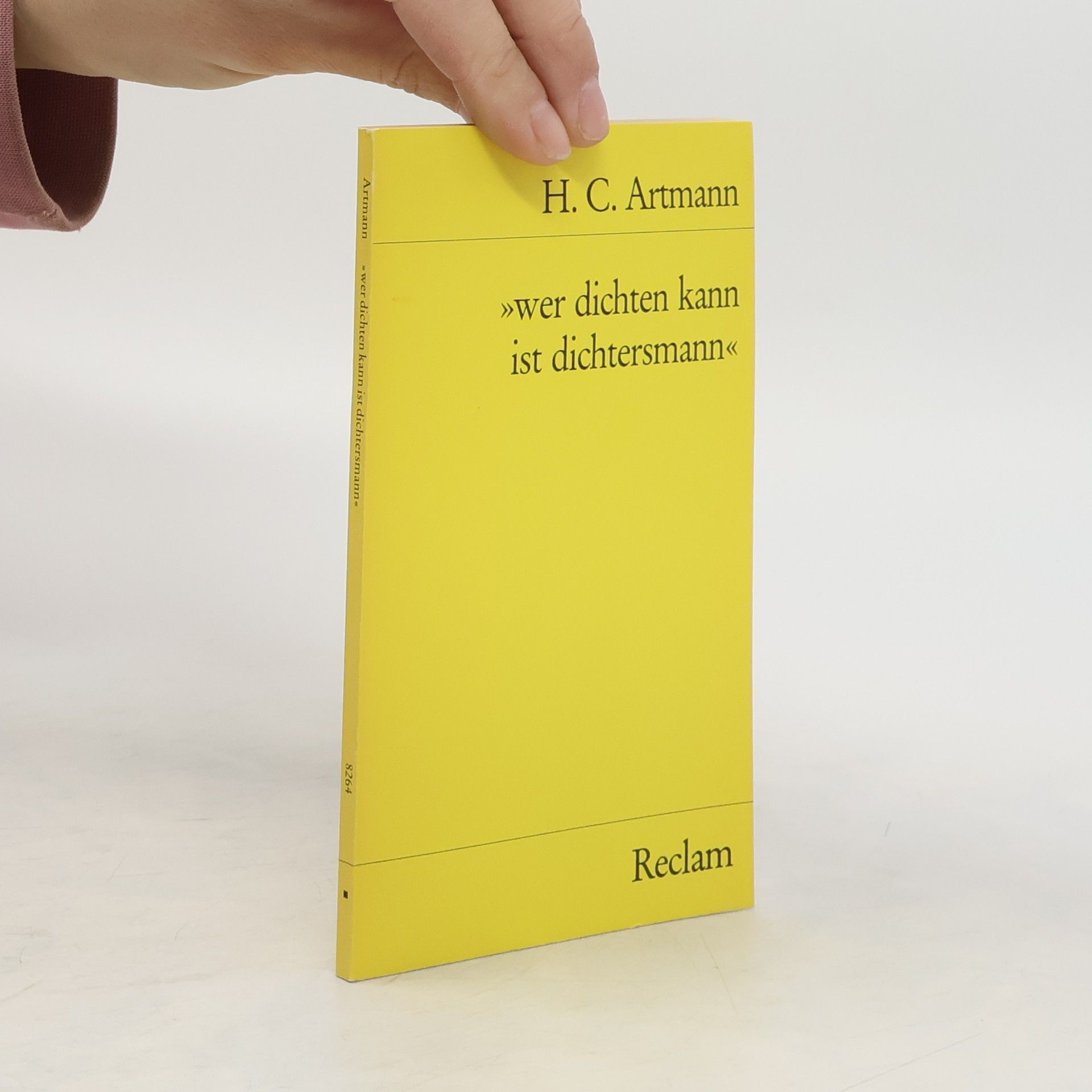
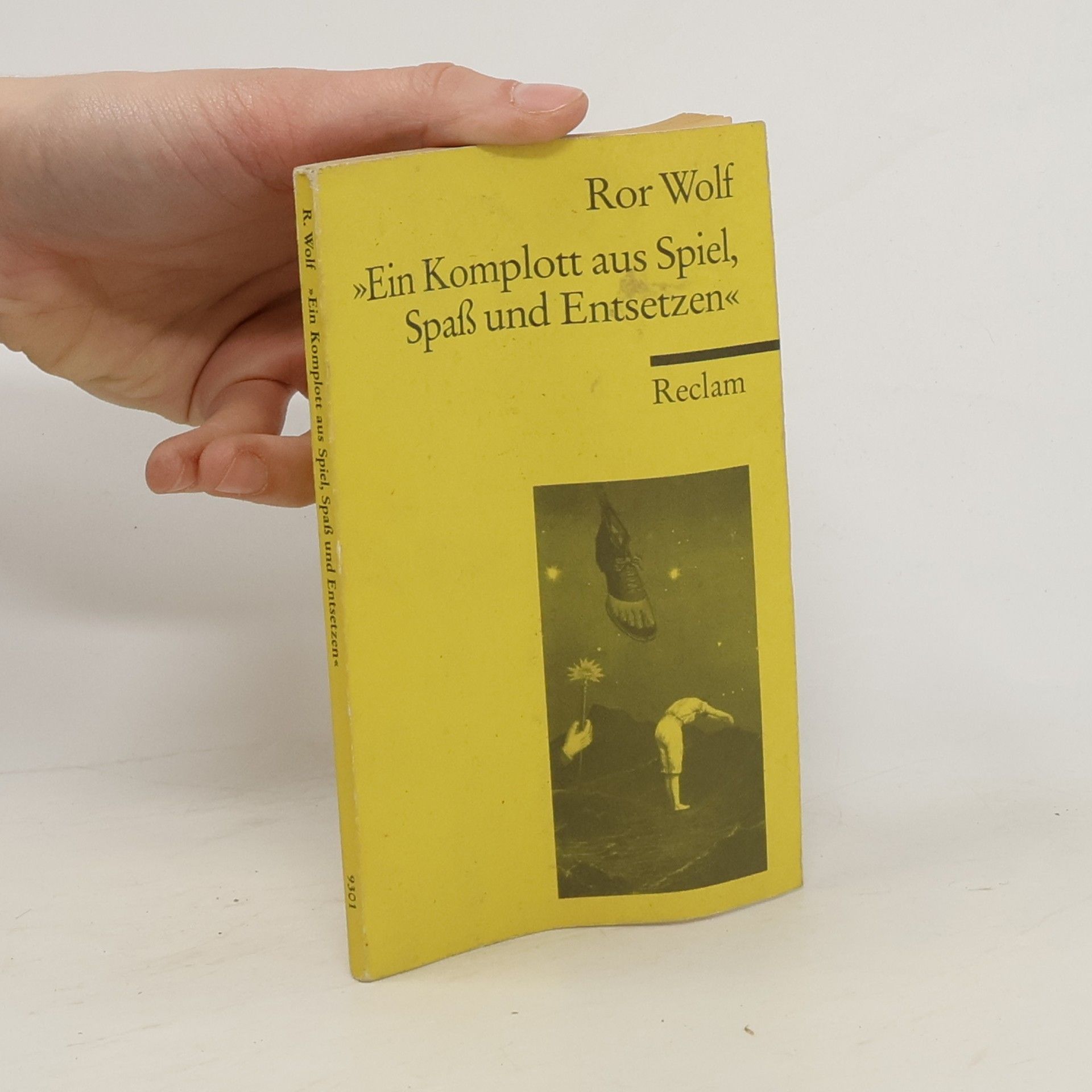
Sozusagen eine Artmann-Essenz, The Essential H. C., und zugleich Reclam at its best: das Brevier eines (inzwischen) Klassikers, auch als hinreißender Dramatiker erst wieder zu entdecken, und das zu einem solchen Spottpreis, dass man sich nicht mehr achten könnte, griffe man da nicht zu. Süddeutsche ZeitungEine rundum Vergnügen verheißende Auswahl aus Artmanns Werk (.)Frankfurter Allgemeine Zeitung
DADA total
- 384pages
- 14 heures de lecture
Wie die Künstler zuerst in Zürich und dann in Berlin, Hannover, Genf, Holland, New York, Köln und Paris sich Dada vorstellten bzw. Dada darstellten, führen Riha, Merte & Schäfer in einer wohl durchdachten Textauswahl (.) und in einem substanziellen Nachwort vor. Wir haben hier einen sehr handlichen kleinen Buchklumpen vor uns, der erfreulicherweise auch viele Abbildungen enthält, die rührend und sensationell Historizität wie Aktualität von Dada vorführen. Süddeutsche Zeitung
Dada Zürich
- 176pages
- 7 heures de lecture
Inhaltsverzeichnis: HUGO BALL: Die Flucht aus der Zeit (Auszüge) Manifeste RICHARD HUELSENBECK: Erklärung HUGO BALL: Eröffnungs-Manifests TRISTAN TZARA: Manifest des Herrn Antipyrine HANS RICHTER: Gegen Ohne Für Dada TRISTAN TZARA: Manifest Dada 1918 WALTER SERNER: Letzte Lockerung manifest Texte· Dokumente EMMY HENNINGS: Nach dem Cabaret – Tänzerin – Gesang zur Dämmerung – Ätherstrophen – Morfin HUGO BALL: Totentanz – Cabaret Sieben schizophrene Sonette: Der grüne König – Die Erfindung – Der Dorfdadaist – Der Schizophrene – Das Gespenst – Der Pasquillant – Intermezzo Karawane – Seepferdchen und Flugfische – Gadji beri bimba – Totenklage – Piffalamozza (Der Stier) – Das Carousselpferd JOHANN RICHARD HUELSENBECK: Der Idiot – Ebene – Flüsse – Dada-Gedicht – Ende der Welt – Schalaben- schalabai- schalamezomai – Chorus sanctus – Die Primitiven – Der redende Mensch – Die Kesselpauke HANS ARP: Die Schwalbenhode – Ich bin der große Derdiedas – Der poussierte Gast – Weltwunder – te gri ro ro – Die Wolkenpumpe (Auszug) TRISTAN TZARA: Negerlieder – Textbild – Das erste und das zweite himmlische Abenteuer des Herrn Antipyrine – der seemann – frühlingszeit – glasklar ein sprung – kaienderblock – dada revue 2 – totale fahrt durchmondund farbe abrakadabrakadaver WALTER SERNER: Manschette 7 – Manschette 9 – Manschette 5 – Bestes Pflaster auch roter Segen – Das bessere Negerdorf mit Glasschuppen – Der serbische Olymp oder der schlecht ermorde
Dada Berlin
- 184pages
- 7 heures de lecture
This collection features a diverse array of writings and artworks from key figures of the Dada movement, reflecting its revolutionary spirit and critique of societal norms. It opens with Raoul Hausmann's exploration of Dada's emergence and decline in Berlin, followed by Richard Huelsenbeck's vision of the "new man." The compilation includes manifestos, advertisements, and public invitations that illustrate the movement's ethos and its challenge to conventional art forms. Notable contributions include Johannes Baader's provocative questions about Dadaism and its significance, as well as George Grosz's biting caricatures that critique societal issues. The anthology captures the essence of Dada through various mediums, from Hausmann's synthetic poetry to Huelsenbeck's Dada speeches and political commentaries. It also features visual art, such as Hannah Höch's photomontages, which embody the Dadaist aesthetic. The collection emphasizes Dada's role in challenging the status quo and its impact on the cultural landscape of post-World War I Germany. With a blend of theoretical discourse and artistic expression, it serves as a testament to the movement's enduring legacy and its radical approach to art and society. The inclusion of biographical notes and a comprehensive index further enriches the reader's understanding of this pivotal artistic revolution.
This collection features a diverse array of poetic reflections, exploring themes of life, nature, and the human experience. The verses delve into the essence of existence, celebrating moments of tranquility and the inevitability of change. The imagery of nature, from forests to mountains, evokes a deep connection to the world around us, while also contemplating solitude and the passage of time. Friendship and love are examined through heartfelt expressions, revealing the complexities of relationships and the longing for connection. The text also engages with philosophical thoughts, referencing notable figures and ideas that challenge the reader to reflect on their own beliefs. The interplay of joy and melancholy is prevalent, with each piece inviting introspection and a deeper understanding of oneself and the universe. Through vivid language and poignant metaphors, the work captures the beauty and struggles inherent in the human condition, ultimately encouraging a sense of resilience and hope. Each poem serves as a mirror to the soul, prompting readers to ponder their own journeys and the shared experiences that unite us all.

